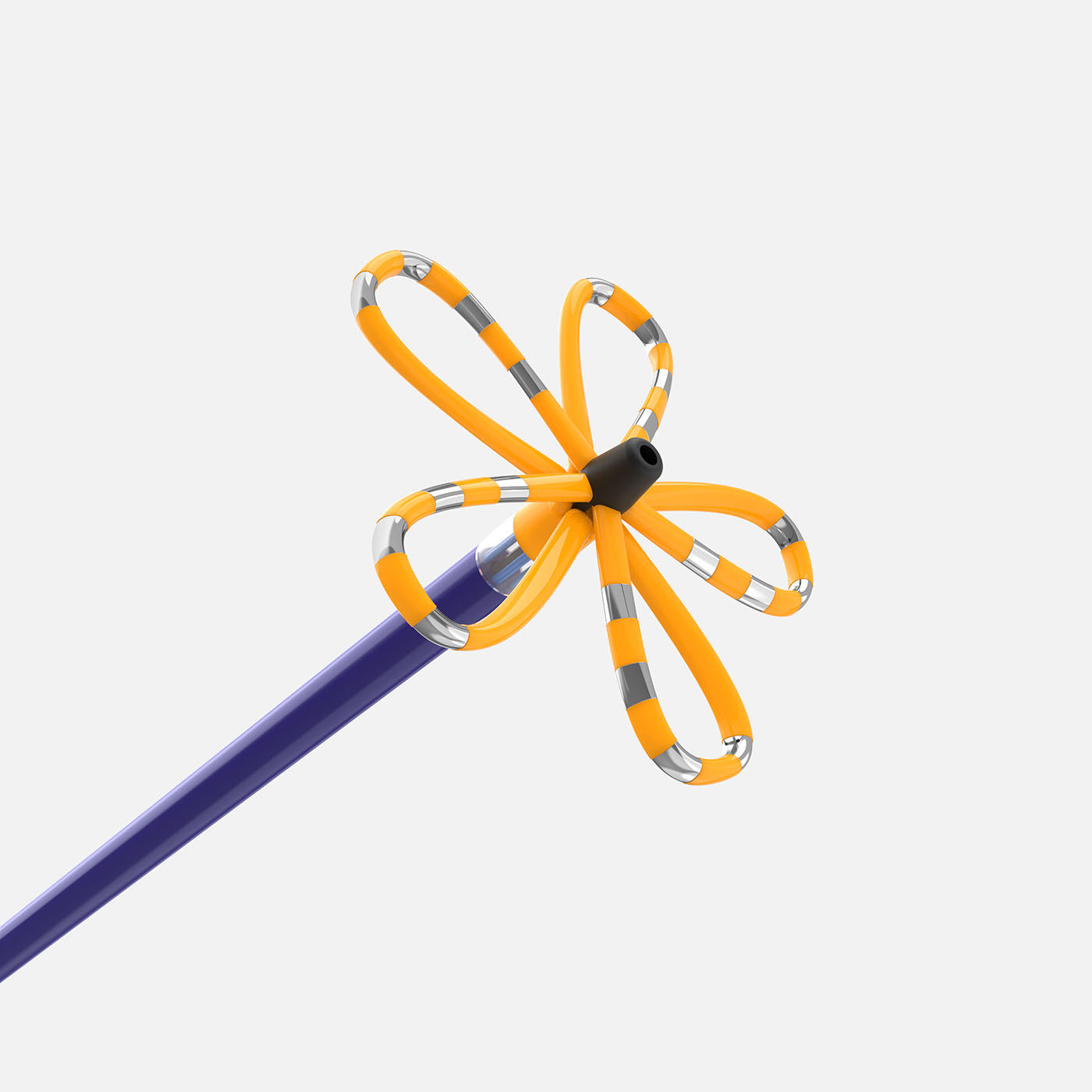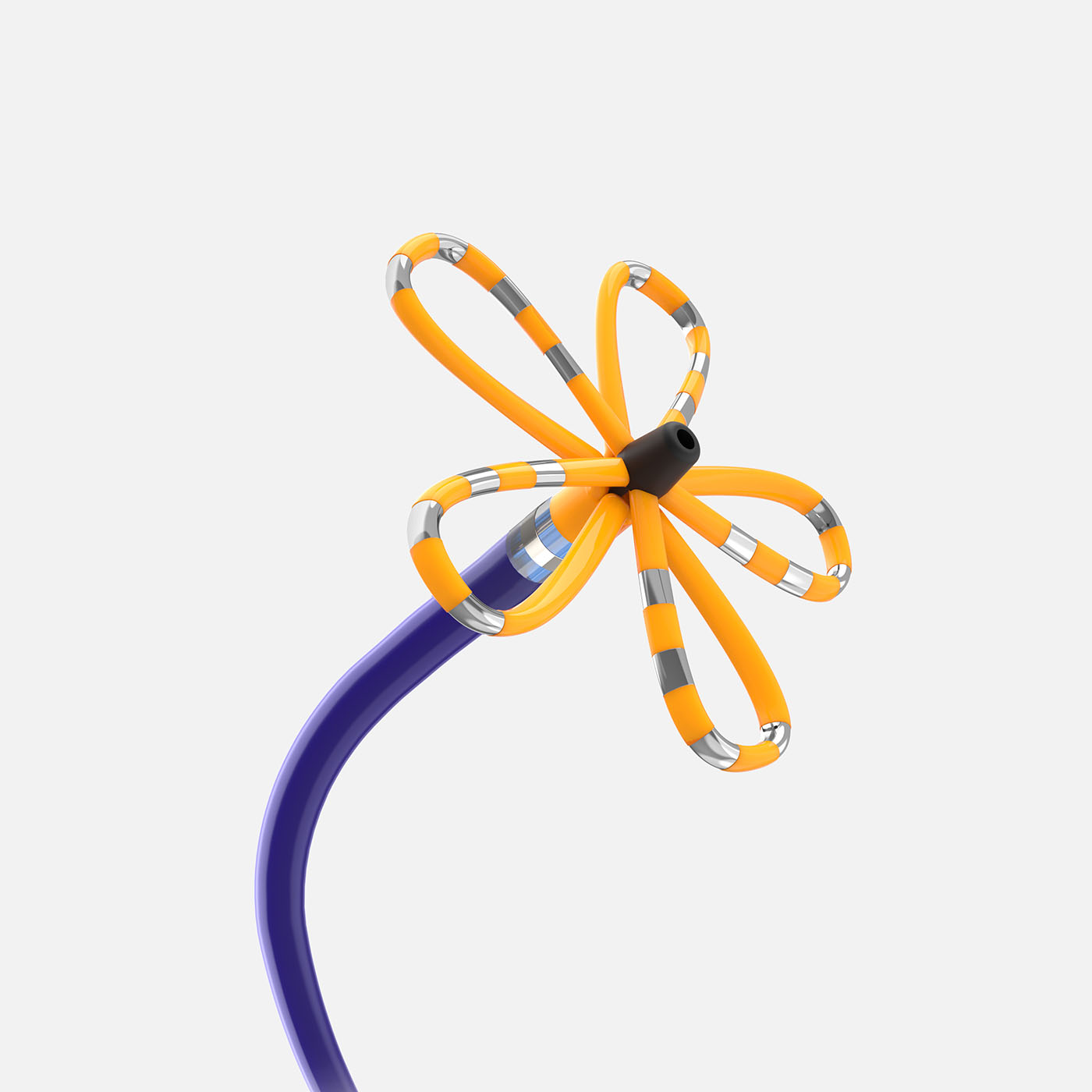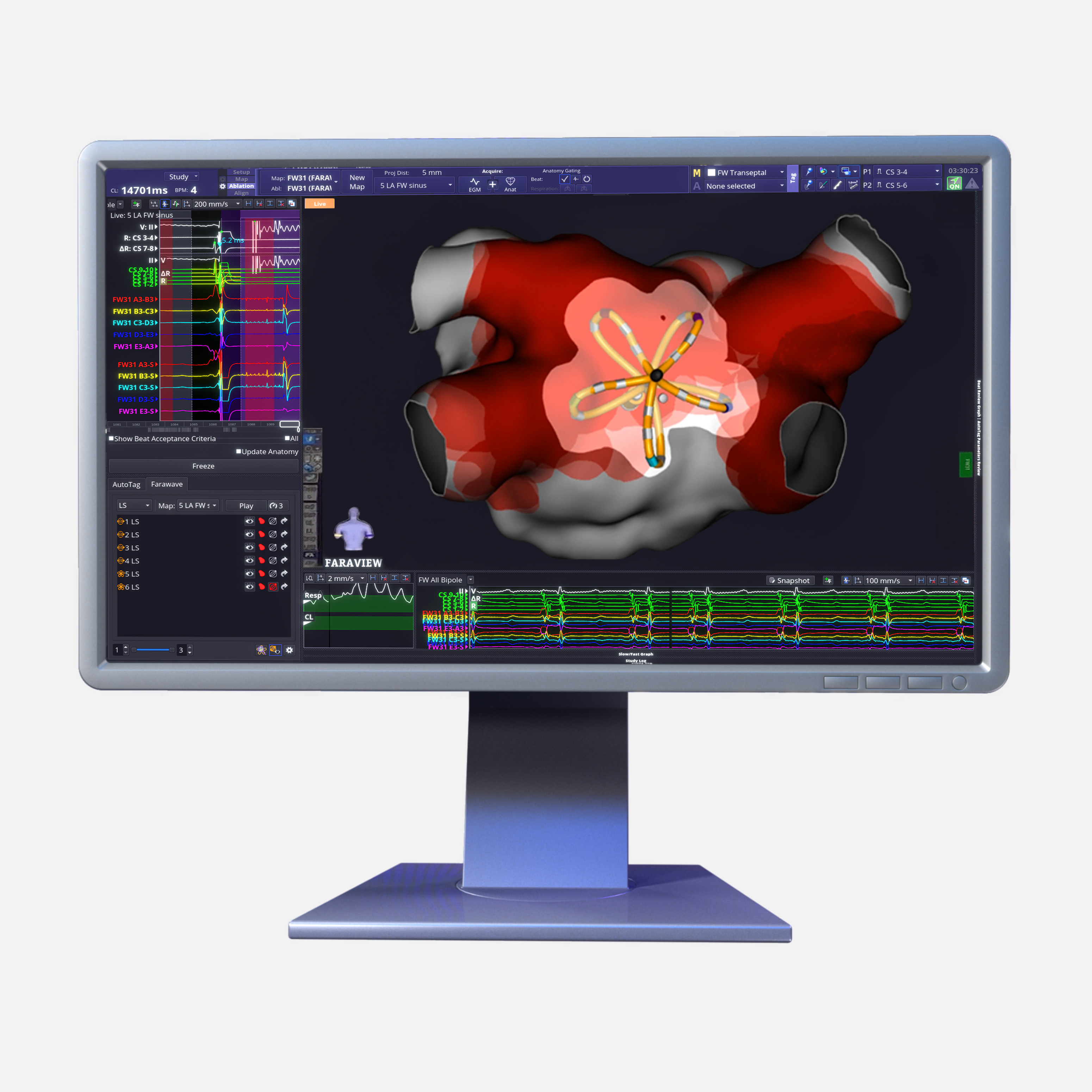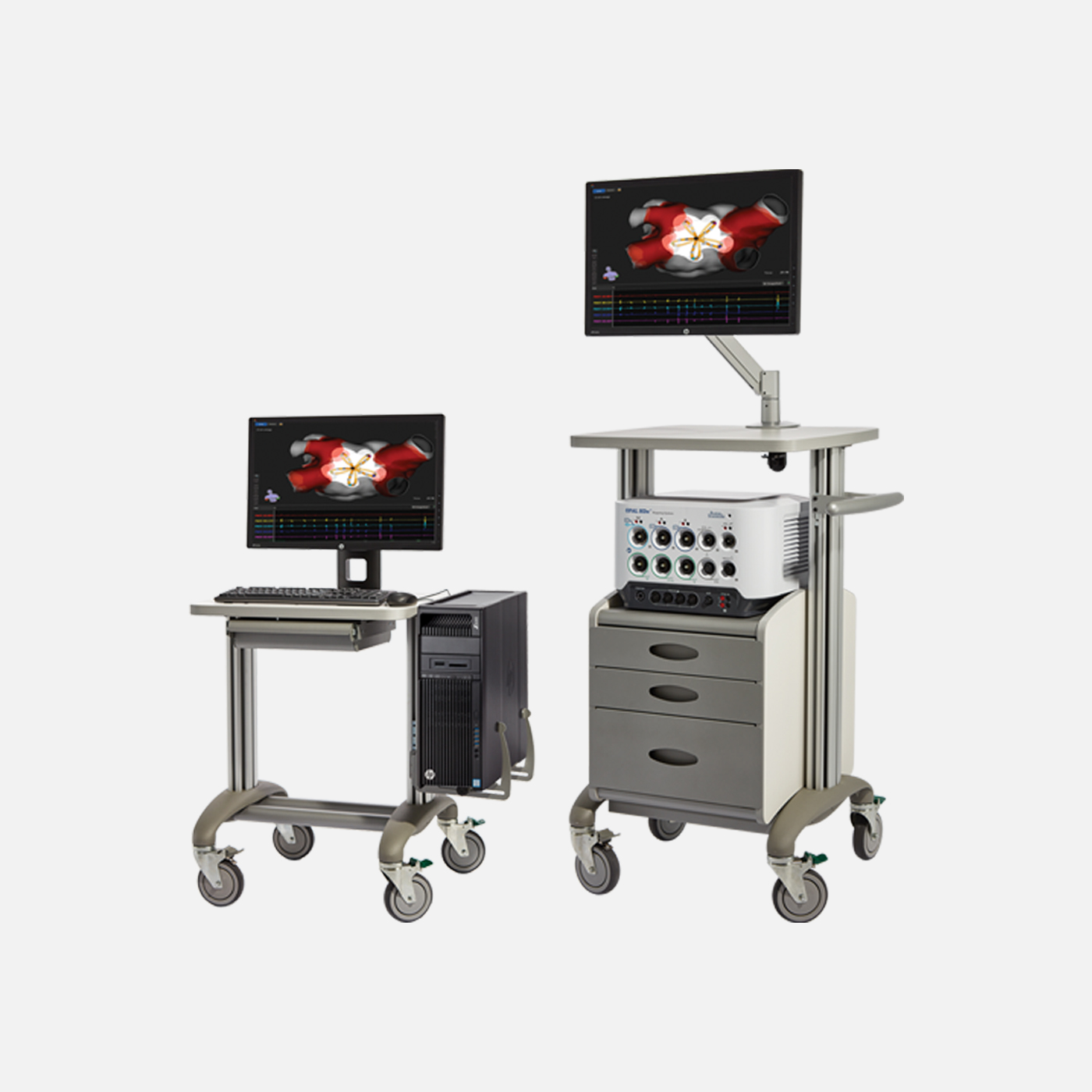Boston Scientific accounts are for healthcare professionals only.

FARAWAVE™ Pulsed Field Ablation Catheter
Configure or select a product to continue to order
- Overview
- Technical specifications
- Ordering information
- Training
- Resources
How it works
FARAPULSE™ Pulsed Field Ablation System, the world's clinical leader in PFA, delivers a proprietary waveform to preferentially ablate cardiomyocytes, which have lower thresholds to electric field damage than surrounding tissue—treating atrial fibrillation (AFib) effectively while minimizing risk of thermal complications.
Why choose FARAWAVE Pulsed Field Ablation Catheter
Optimized catheter design
The FARAWAVE PFA Catheter has been optimized to achieve catheter placement in a wide range of pulmonary vein (PV) anatomies and address PFA energy delivery needs without the need to manually manage electrode activation.
Featuring two different form factors (basket and flower positions), the FARAWAVE PFA Catheter is purposefully designed to optimize:
- Maneuverability
- Placement in variable-anatomy veins
- Potential for application outside PVs
- Standardized electrode activation (manual electrode activation is not required)

For use with the
FARAPULSE™ PFA System

Discover what peers are saying about FARAPULSE
Hear firsthand from physicians as they share their excitement about the
transformative FARAPULSE experience.
Required products
References:
1. Reddy VY, Gerstenfeld EP, Natale A, et al., Pulsed field or conventional thermal ablation for paroxysmal atrial fibrillation. New England Journal of Medicine. 2023;Nov2;389(18):1660-1671. doi:10.1056/NEJMoa2307291
2. Ekanem, E., Neuzil, P., Reichlin, T. et al. Safety of pulsed field ablation in more than 17,000 patients with atrial fibrillation in the MANIFEST-17K study. Nat Med (2024). https://doi.org/10.1038/s41591-024-03114-3
3. Della Rocca DG, Marcon L, Magnocavallo M, et al., Pulsed electric field, cryoballoon, and radiofrequency for paroxysmal atrial fibrillation ablation: a propensity score-matched comparison, EP Europace, 2024;Jan26(1) euae016. doi.org/10.1093/europace/euae016









